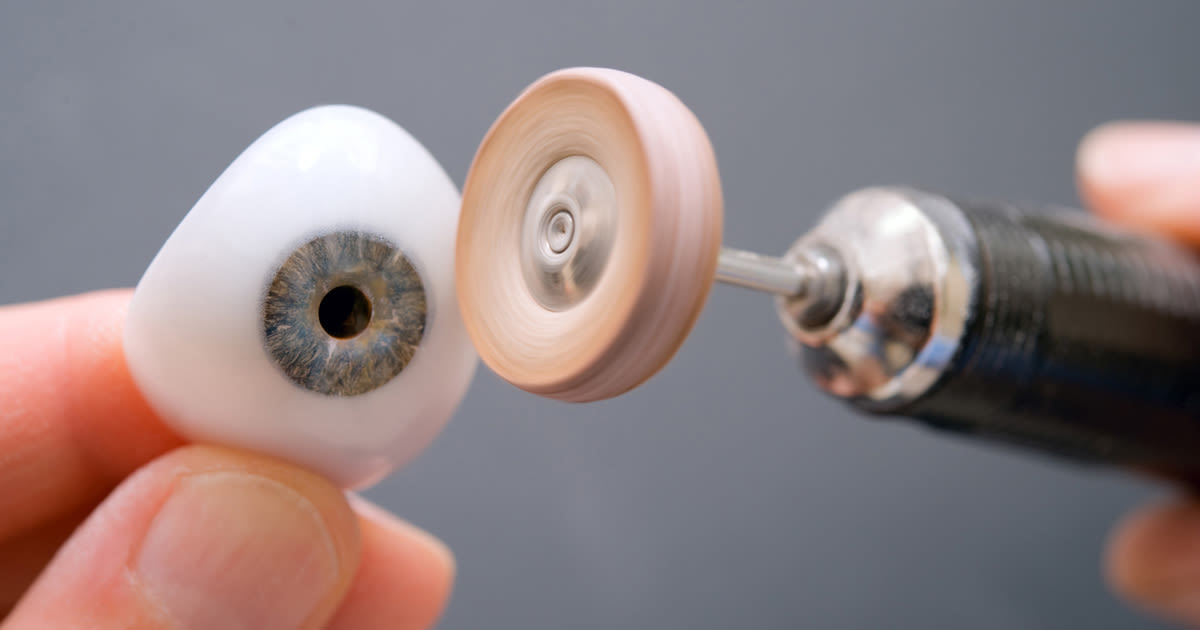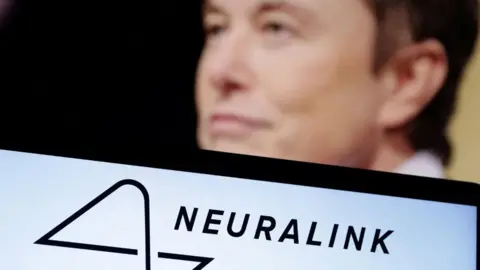Genetically Modified Humans

I’m sure we’ve all heard of Superman, right? Well, he was made in something called the Genesis Chamber on Krypton. This facility housed the fetuses of the future population of Krypton, all the genes kept all in one place to carry out artificial gestation. This made me think about how one could customise their baby using gene editing. The type of technology required to do this is no longer science fiction but a reality. Known as CRISPR/Cas9, this gene editing technology can efficiently remove and insert genes from the genome of a live organism by using the enzyme Cas9. For example, Chinese scientists have found a way to conduct genetic modification on human embryos, essentially creating GM humans!
The 4 Views of Ethics
Without realising things like this are currently possible, it made me wonder about the moral philosophies that must have been considered in order to carry out these experiments. The virtue of a concept lies in its purpose and in this case, the use of gene editing to customise children is not necessarily being used for “good” but, if used for the purpose of improving quality of crops or eliminating hereditary diseases, it would be virtuous. The value of the concept is, however, subjective. There will be disagreements where people use their influence for their own agendas instead of backing the rights of people. Utilitarianism should also be considered when deciding whether or not to implement these advancements. Maximising goodness for the majority whilst minimising suffering is key to overcoming these moral dilemmas. Would the pros outweigh the cons?
The Good and The Bad

Advantages include immunity and eradication of diseases, particularly those with genetic causes. There maybe be no need for prosthetics if all human genomes are edited to be strong, tolerant and have the potential for regeneration. Editing features such as appearance could reduce societal disparities by enabling individuals to select traits deemed desirable by prevailing standards, potentially mitigating existing inequalities but potentially introducing new ones. However, this raises concerns about the erasure of racial and minority identities. Novelists like Kazuo Ishiguro have warned that gene editing could foster a class of genetically superior individuals. As a person of colour, I can see how this, if in the wrong hands, could exacerbate discrimination, prejudice, and already existing predispositions against minorities. Moreover, homogenization of traits could impede evolutionary progress, as diversity often facilitates species survival. Limitations of the technology, including unforeseen alterations in the genome and ambiguities surrounding informed consent, further complicate its ethical implementation. Questions arise regarding the societal integration of this concept, including considerations of accessibility, potential capitalization, and resultant inequalities. Determining who gains access and addressing disparities are crucial considerations in navigating the ethical complexities of genetic editing’s societal implementation.
Conclusion
To summarise, the idea of using gene editing has good underlying justifications, for example when used for the purpose of creating more tolerant genomes and reducing disease. However, it can easily be manipulated to feed the agendas of corporate powerhouses and create larger inequalities across society, reducing diversity and what it means to be human. I went into this thinking it was very cool concept but was far too futuristic to even be considered. Having found out that scientists have already modified human embryos alarmed me so what I thought would revolutionise the world to make it better for generations to come, in hindsight, may not be as glamorous as I thought.


Very well written, with an excellent format and images. You’ve included interesting statistics and related it to personal ideas which…
This is a very well written blog, the format is as if you are talking directly to me. The ideas…
Love the Batman GIF :)
This is an excellent, well written blog. The narrative is engaging and easy to follow. It could be improved by…
This is a well-communicated blog. The it is written well with good use of multimedia. It could be improved with…